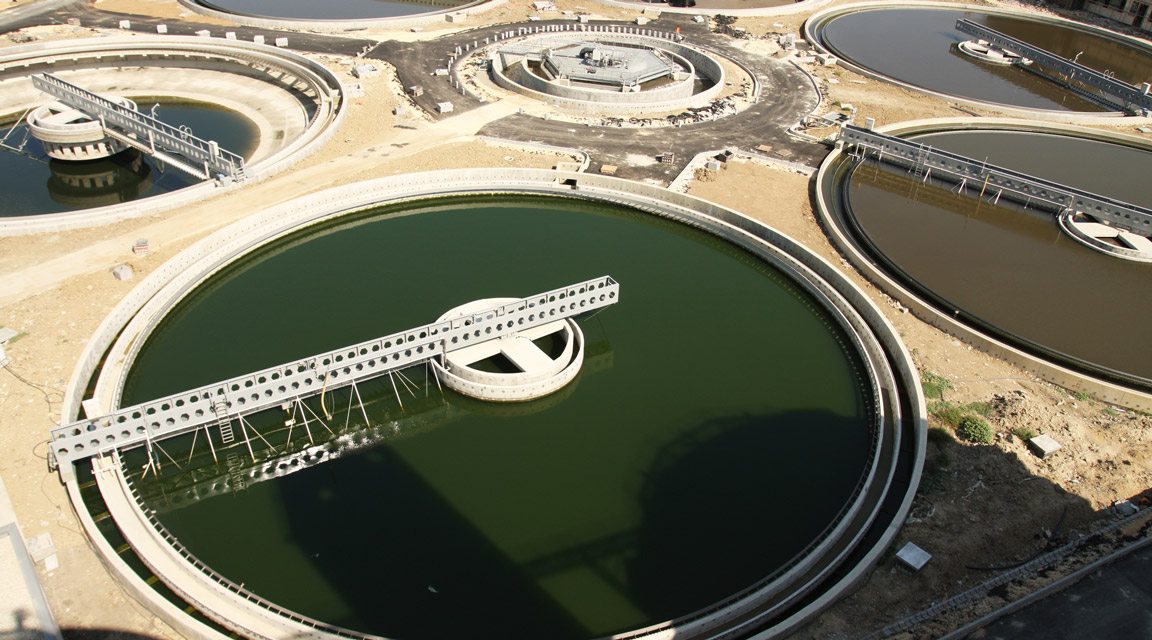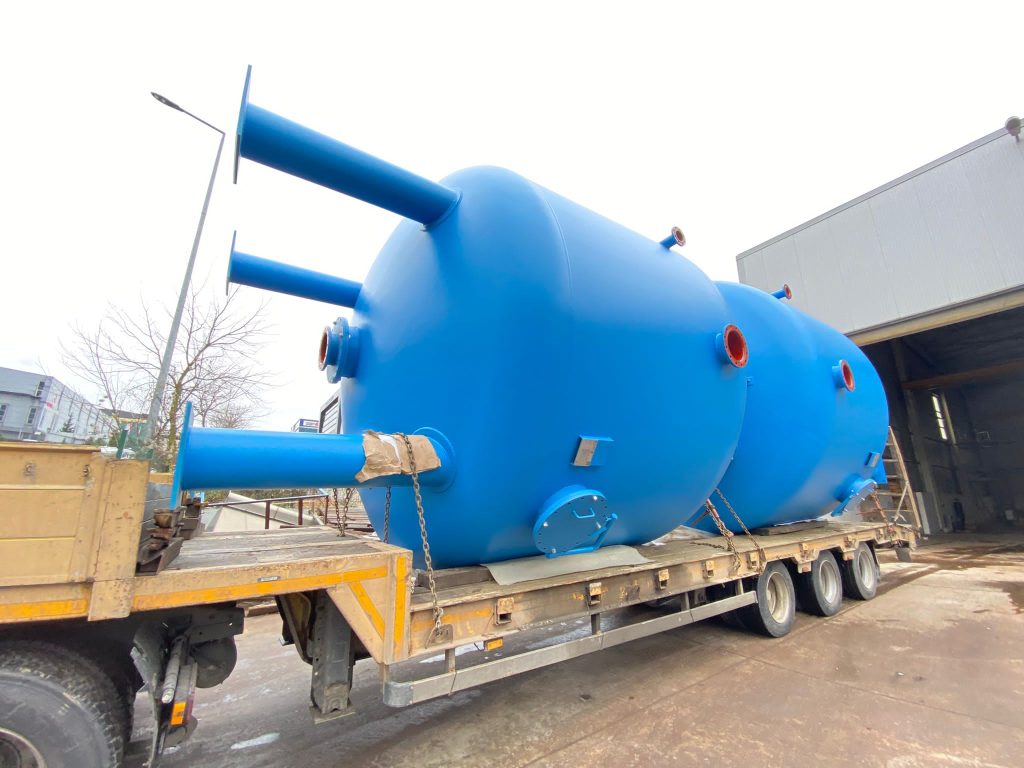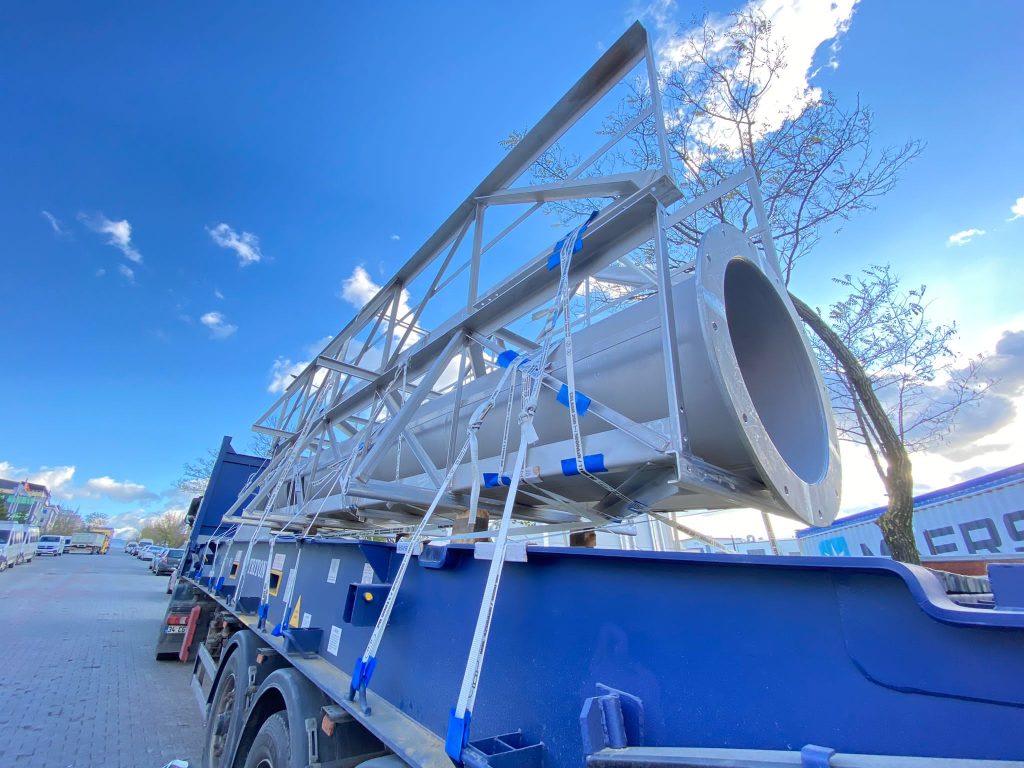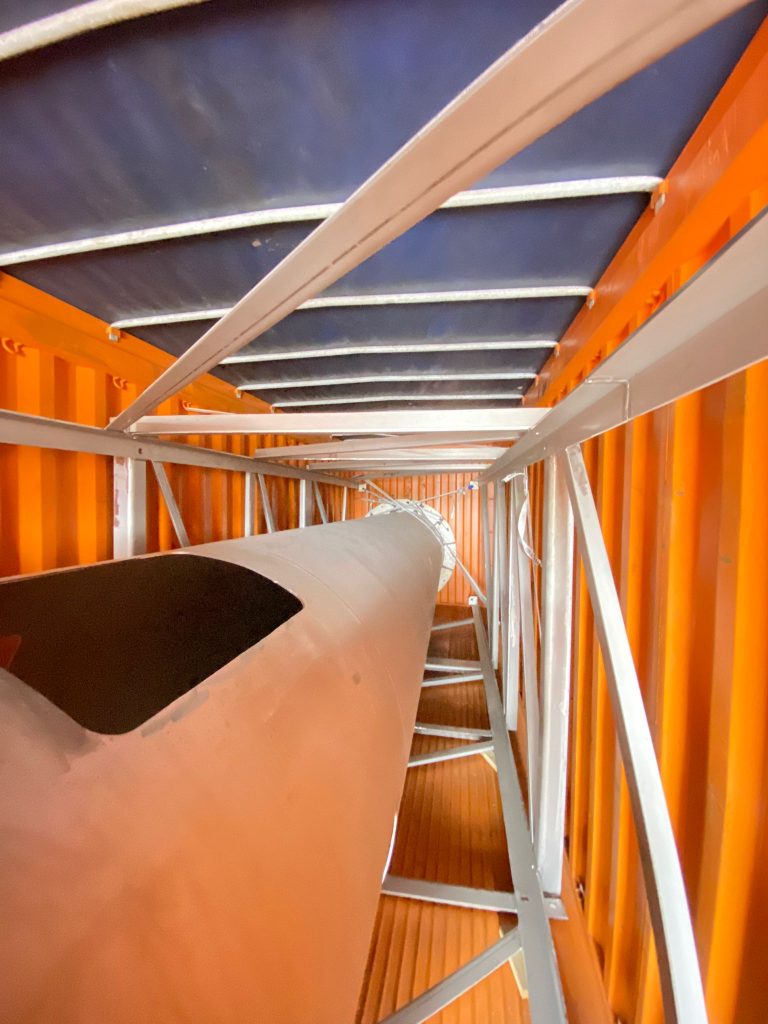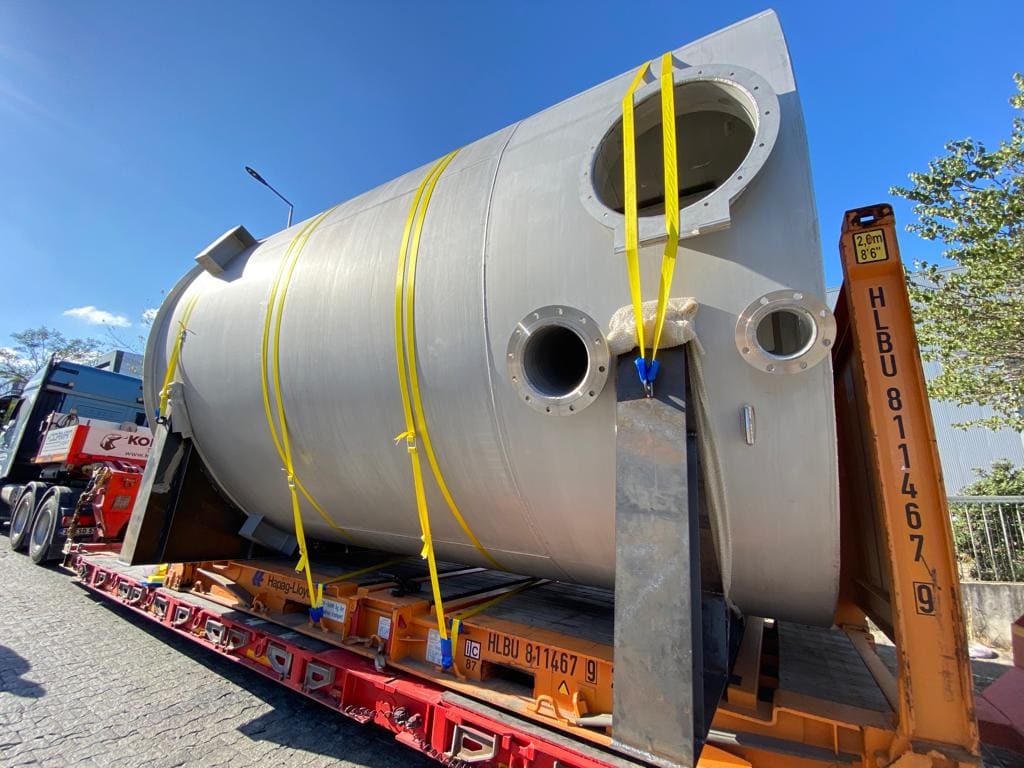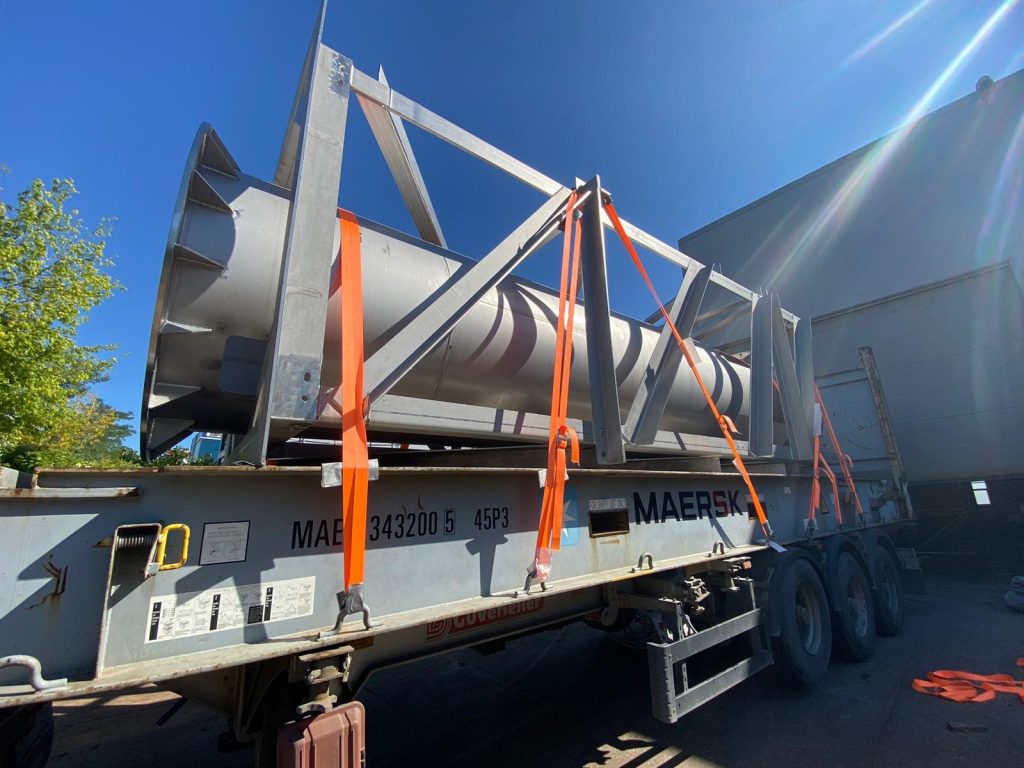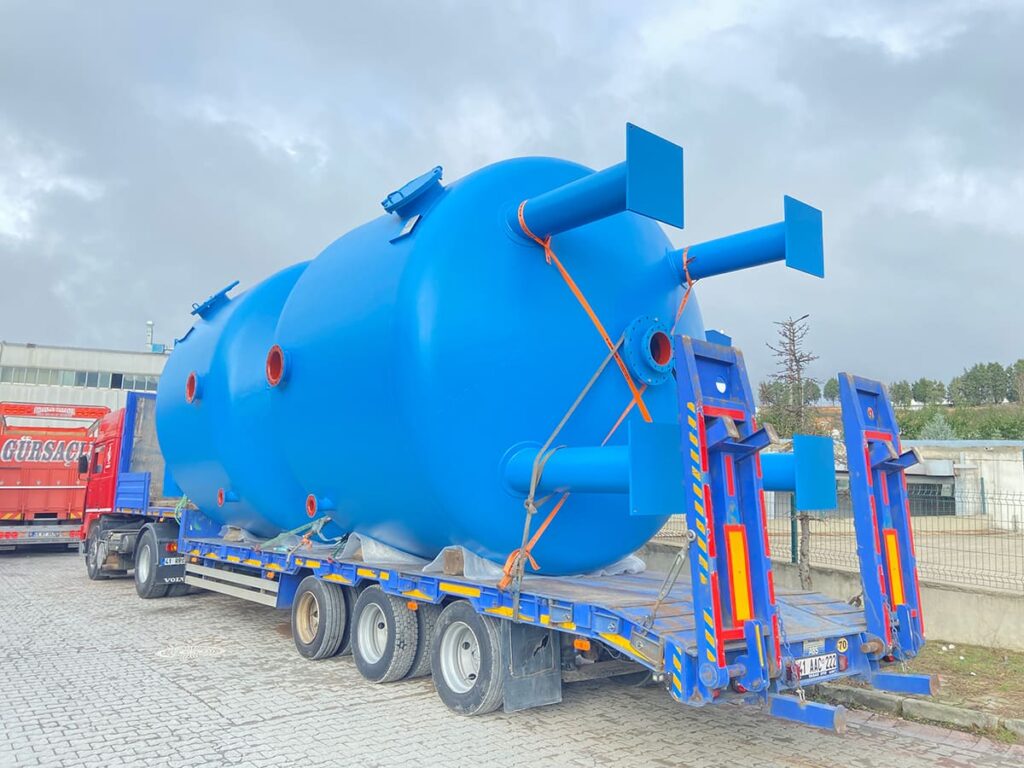Materials used in the production of water treatment equipment
Water treatment equipment plays an important role in ensuring the quality and safety of water for various purposes, such as drinking, irrigation, and industrial use. There are various materials used in the production of water treatment equipment, and two of the most common ones are steel and stainless steel. In this article, we will discuss the properties and usage areas of these materials, and compare them to determine which is more suitable for the production of water treatment equipment.
Steel: Properties and usage areas
Steel is a durable, inexpensive, and high-strength material, which is why it is widely used in the production of water treatment equipment. However, steel is prone to rusting when exposed to oxygen in water. To prevent rusting, anti-rust coatings are applied or special steels are used when steel is used in water treatment equipment. Steel is used in the production of various parts of water treatment equipment, such as pipes, tanks, and pump components.
Stainless Steel: Properties and usage areas
Stainless steel is a more expensive material than steel, but it is resistant to rust and does not corrode in the presence of oxygen in water. Therefore, stainless steel is preferred for use in water treatment equipment, especially in environments where oxygen is present in water. Stainless steel is also used in water treatment systems such as water pipelines and tubing, as oxygen can also be present in these systems.
Comparison of steel and stainless steel: Which is more suitable?
When considering which material is more suitable for the production of water treatment equipment, both steel and stainless steel have their own advantages and disadvantages. Steel is cheaper and has high strength, but it is prone to rusting. On the other hand, stainless steel is more expensive, but it is resistant to rust and does not corrode in the presence of oxygen. Therefore, the choice of material depends on the specific requirements and conditions of the water treatment equipment.

Material selection in the production of water treatment equipment: Which is more durable?
In terms of durability, both steel and stainless steel have long lifespans when used in water treatment equipment. However, stainless steel is generally considered to be more durable due to its resistance to rust and corrosion. Therefore, if durability is a key concern in the production of water treatment equipment, stainless steel may be the better choice.
Conclusion and summary
In conclusion, steel and stainless steel are common materials used in the production of water treatment equipment. Steel is inexpensive and has high strength, but it is prone to rusting. Stainless steel is more expensive, but it is resistant to rust and does not corrode in the presence of oxygen. Both materials have their own advantages and disadvantages, and the choice of material depends on the specific requirements and conditions of the water treatment equipment. Stainless steel is generally considered to be more durable due to its resistance to rust and corrosion.
As 3A Makina, we have been a solution partner in many water treatment plant projects. Since 1985, we have been providing high-quality equipment and service solutions worldwide that enable our customers to increase performance, reduce costs, and decrease environmental impact.

